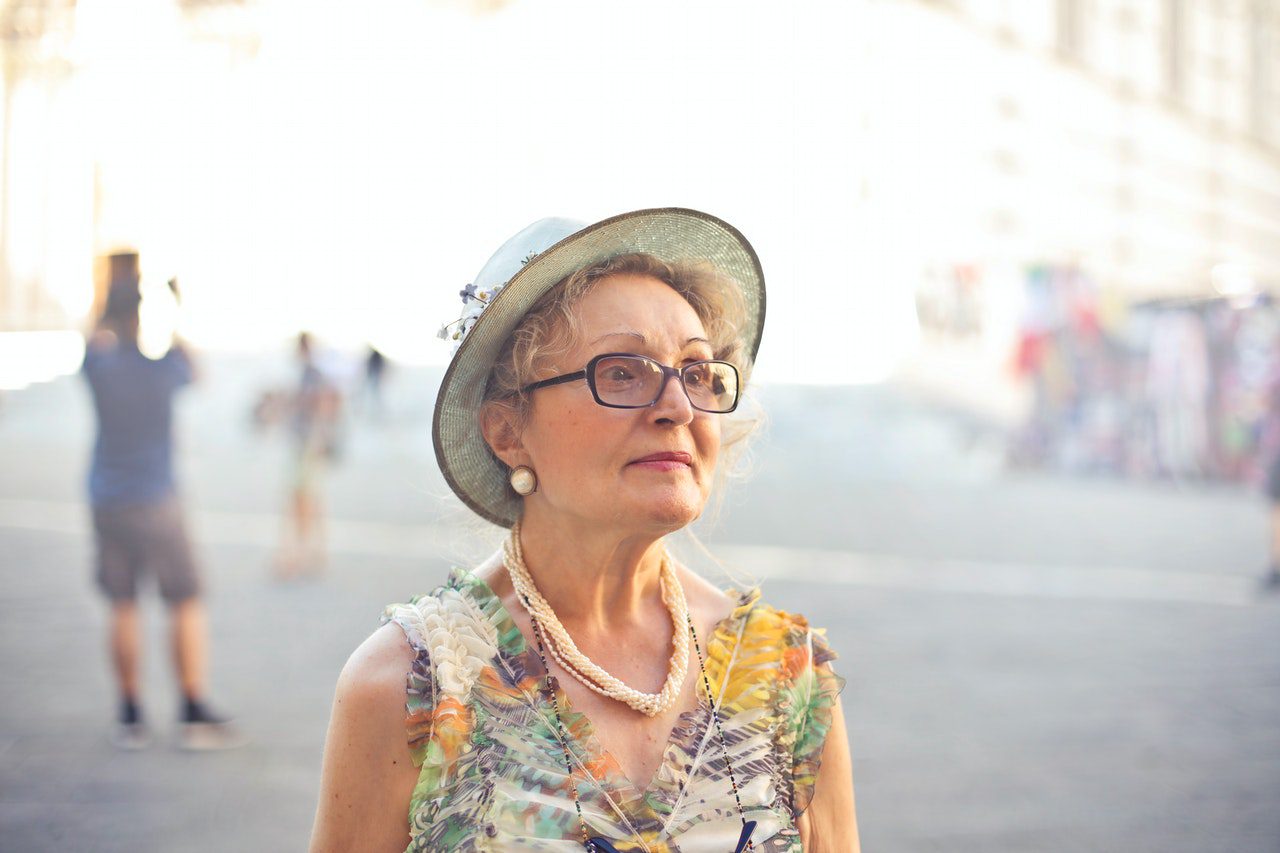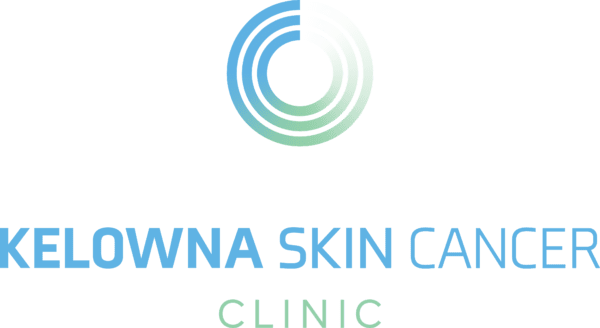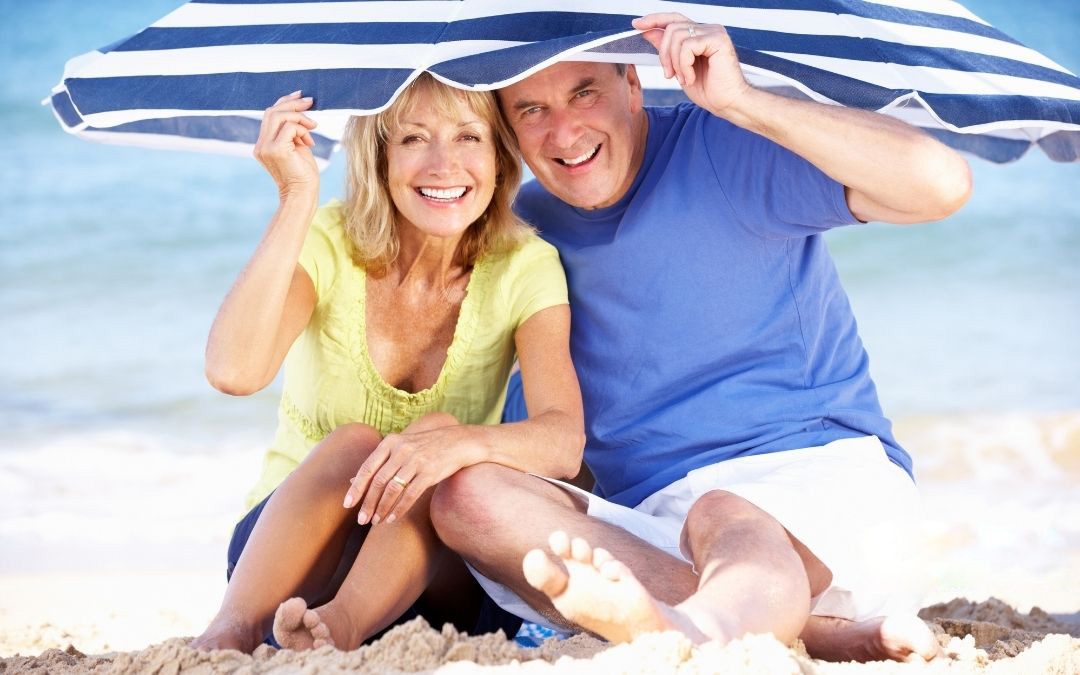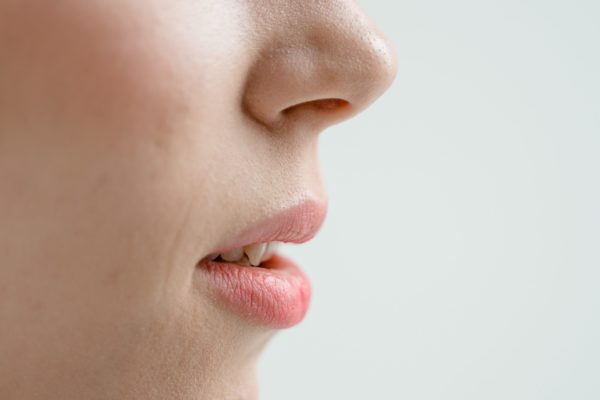Seniors have skillfully handled life’s highs and lows and made it to their golden years successfully. This would have involved lots of self-care, preventive measures, and necessary steps to ensure a healthy mind and body in all phases of their life.
Is this the time for them to abandon everything they have achieved through all these years? Certainly, not!
Many elderly people believe that since they have sailed through many years of life’s challenges, they can now enjoy the liberty and throw caution to the winds, particularly when it is about protecting oneself from UV rays. This belief is erroneous, simply because no one knows how long they will live.
The average lifespan of humans has increased dramatically in the last few decades. According to the 2016 Canadian Census, Canadians aged 65 and above represented nearly 17% of the country’s population, which was up from 13% in 2001. Plus, a Statistics Canada report suggests that workers above the age of 55 years will make up over 25% of Canada’s total workforce by the year 2036. Furthermore, many studies have shown that skin cancer is predominantly a disease of the elderly.
The Risk of Skin Cancer Later in Life
While skin cancer is the most common cancer in Canada, both the incidence and mortality rates for skin cancer, especially melanoma, are highest in older Canadians, compared to their younger counterparts. Several reports have also suggested that over 50% of skin-cancer-related fatalities occur in people aged above 65 years. In simpler words, the longer humans live, the higher their odds of developing skin cancer – and the highest their risk of dying from this disease.
Many reasons can be attributed to this. Most skin cancers are the outcome of sun-induced damage that occurs over the course of a person’s life. And since seniors live longer, they are likely to have more sun exposure and consequently more skin damage from the harmful ultraviolet (UV) rays from the sun (or tanning beds).
Remember that both suntans and sunburns have the potential to harm our skin’s DNA, which causes the skin’s tissues to degrade and age. This could further result in genetic errors, responsible for skin cancer. Just five sunburns over your entire lifetime increases your risk of developing melanoma by more than double, and each consecutive sunburn further increases the overall risk.
What worsens the situation is the fact that as the sun damage gradually builds up as we grow older, our potential to ward off the damage reduces substantially. With age, our skin experiences irreversible changes that eventually weaken our defense mechanism to fight off diseases, leading to reduced immunity and healing potential, wrinkled skin, and increased skin damage from pollution and smoking. These changes collectively contribute to premature skin aging, thereby increasing our risk of developing skin cancer.

How Does Our Skin Age?
There are two types of skin aging: Intrinsic or normal, which occurs in every person; and extrinsic aging, which is caused by factors such as UV ray exposure (from sunlight as well as tanning beds), HIV, chemicals, pollutants, etc. Both have a role to play in skin cancer development.
Intrinsic Aging:
As we age, our skin loses fat and moisture content, and gets thinner, which allows UV rays to penetrate deeper inside the skin. This problem is worsened by our own defense mechanism’s reduced ability to repair damaged DNA, which can increase chances of abnormal cell growth, mutation and eventually skin cancer.
Extrinsic Aging:
Our skin gets exposed to certain agents on a daily basis that further weakens our immunity. Unfortunately, many older people greatly enhance their UV exposure, especially after retirement – by moving to sunnier regions and/or participating more in outdoor activities like tennis, golf, fishing and so on. UV rays are known to suppress the immune system and this helps with the development of skin cancer.
Since the skin covers the whole body and it is the first organ to come in contact with sunrays, it is more prone to UV damage. Contrary to our earlier belief that most sun damage happens before the age of 18, recent research has shown that UV exposure continues to occur throughout our life, most of which happens after the age 40. Therefore, protecting the skin from the sun is important for people of all age groups.
UV exposure is the leading cause of skin cancer, thankfully UV protection can be easily added into one’s daily routine. They just need to take some precautions and follow these three suggestion: avoid tanning beds, use of effective sun protection, and check the skin regularly. Professionals recommend monthly head-to-toe self-examination and a yearly visit to a skin cancer physician/dermatologist.




